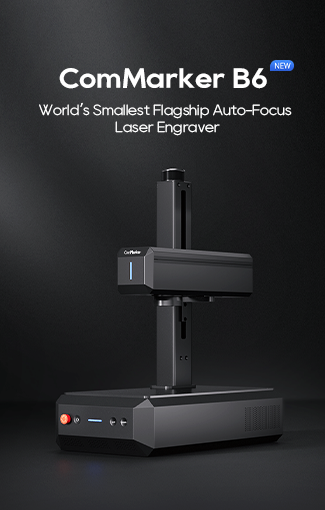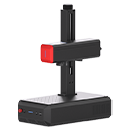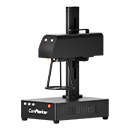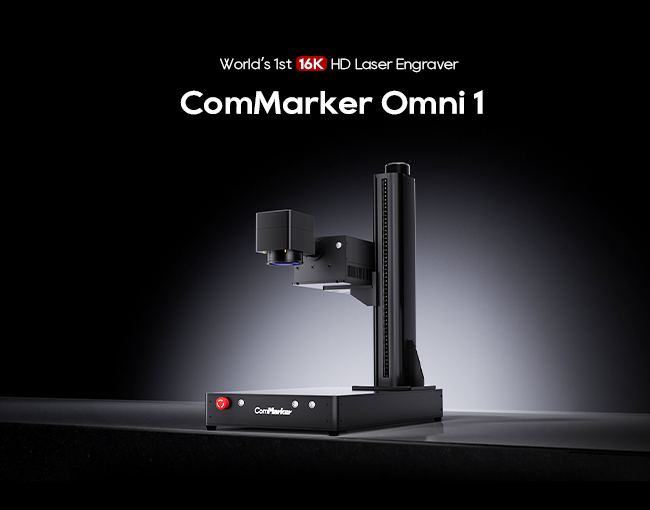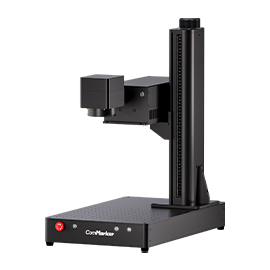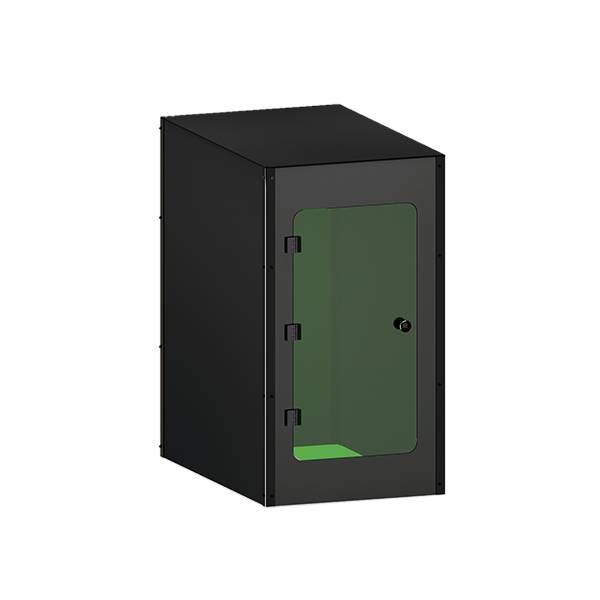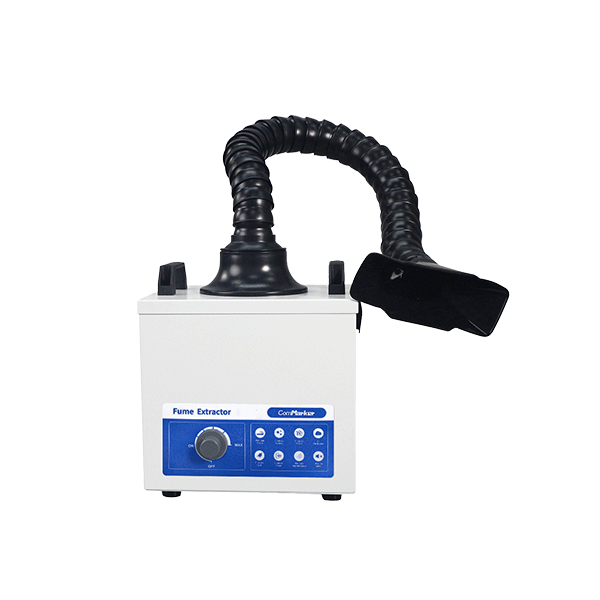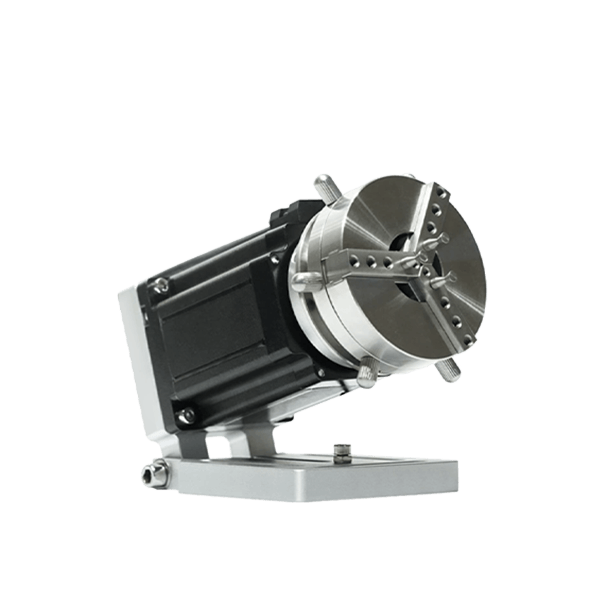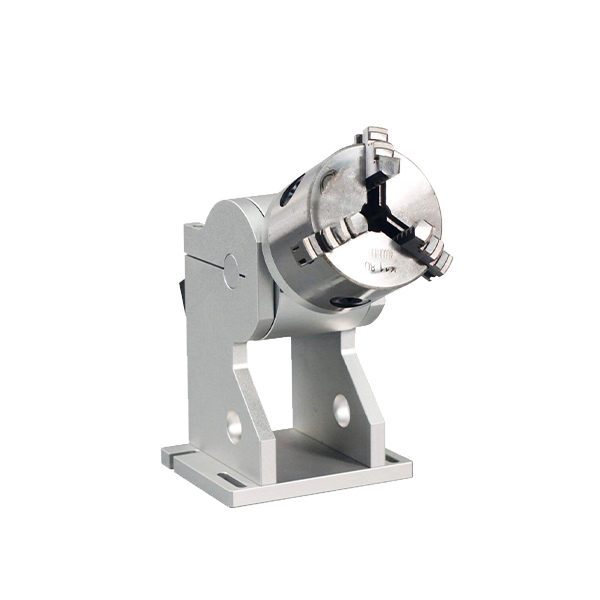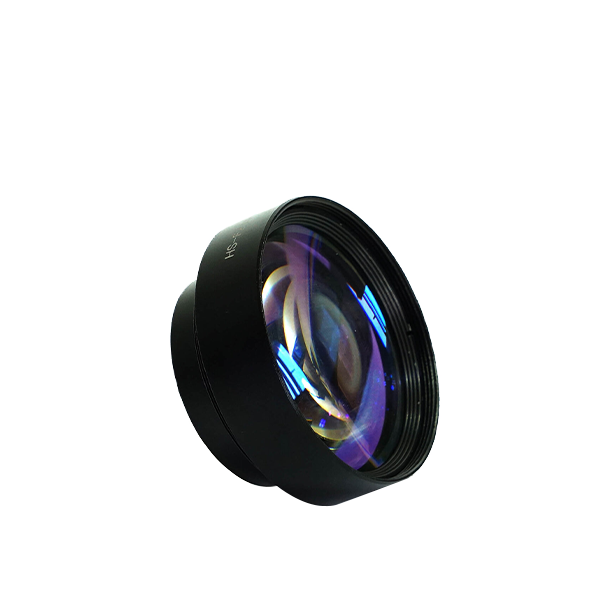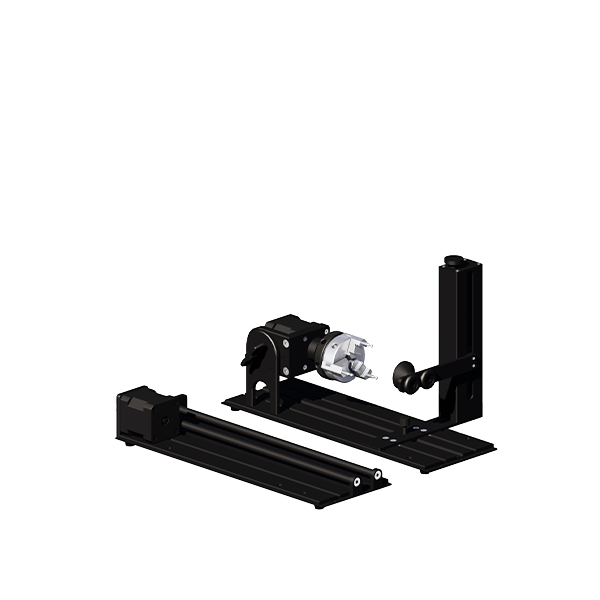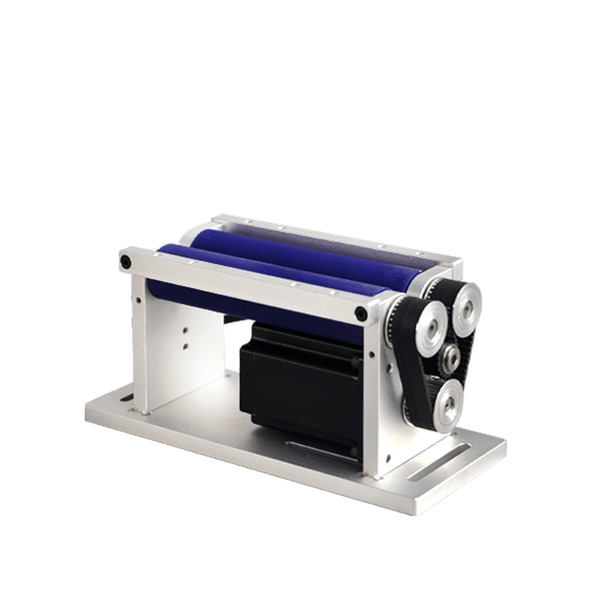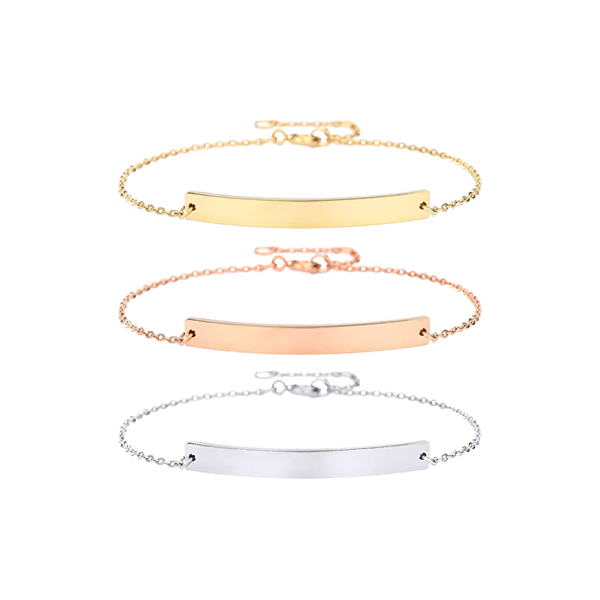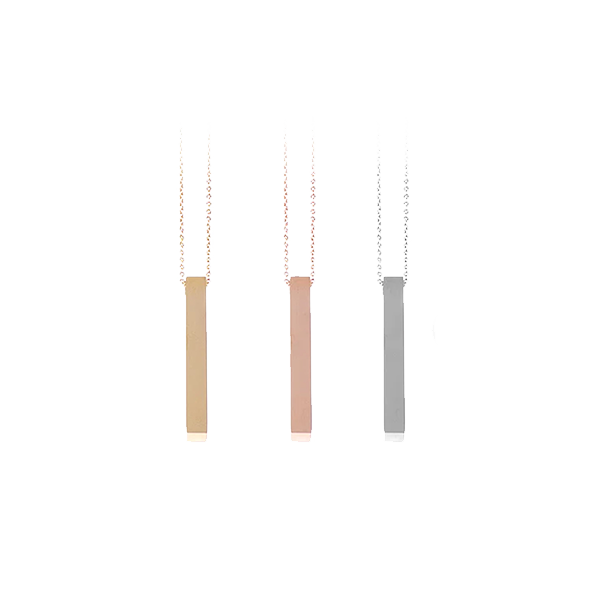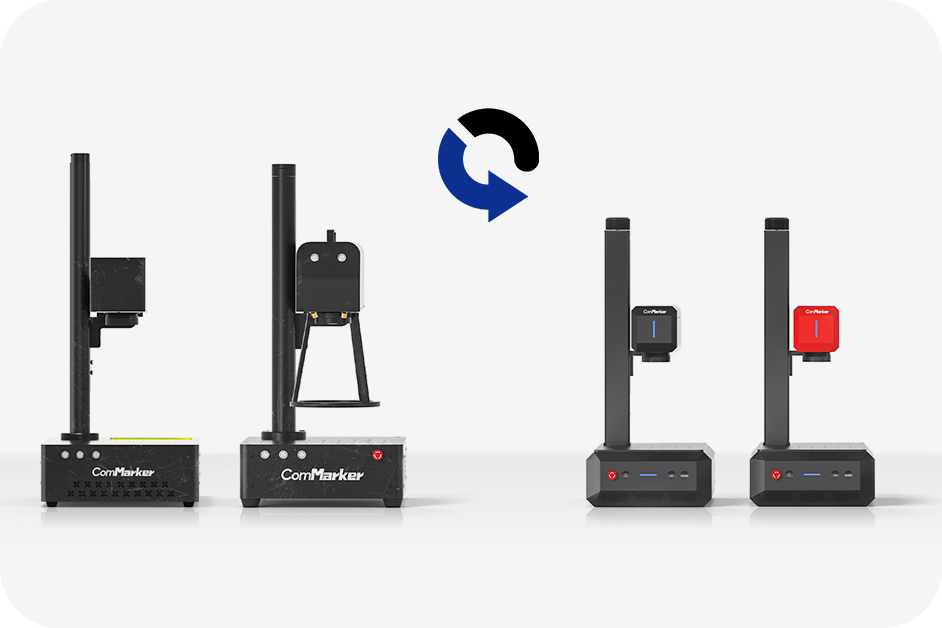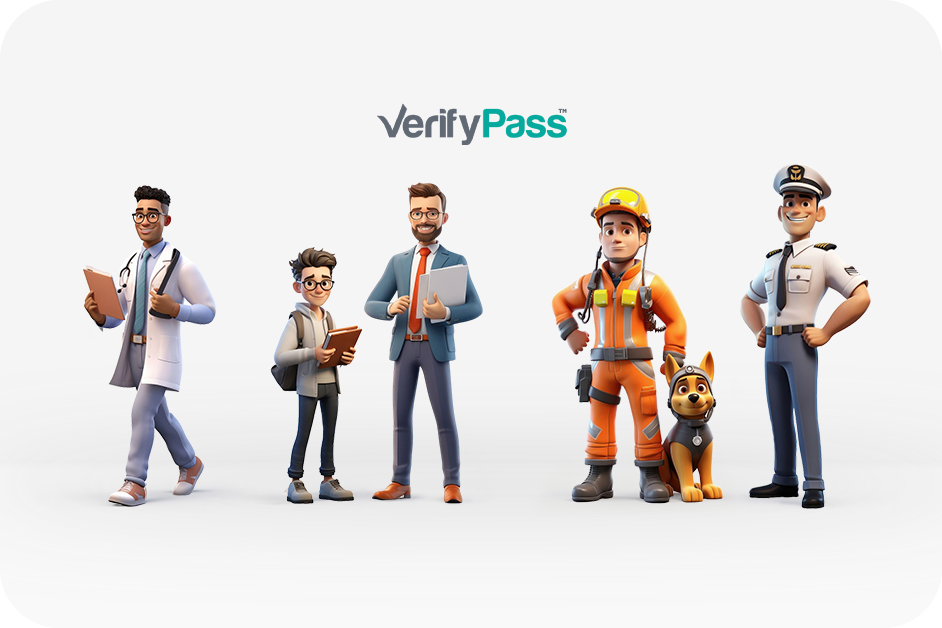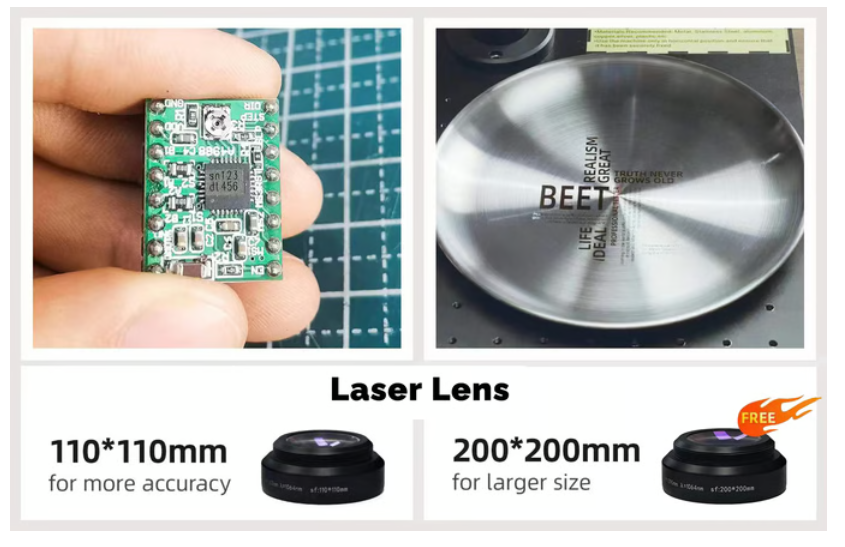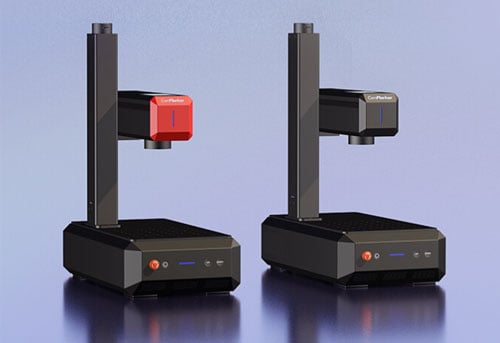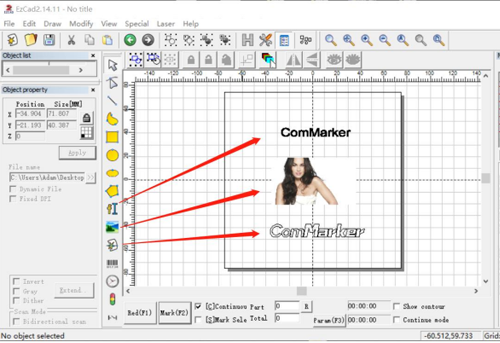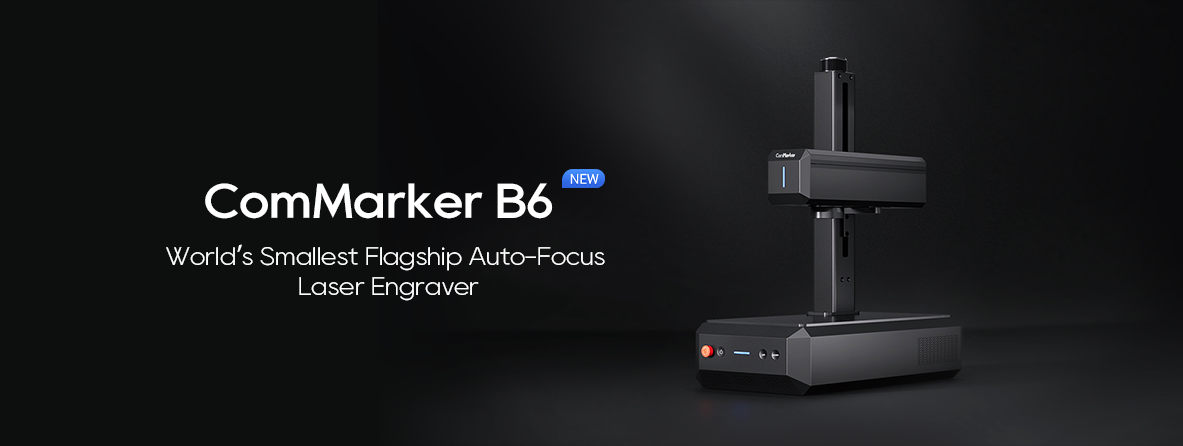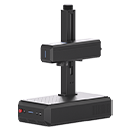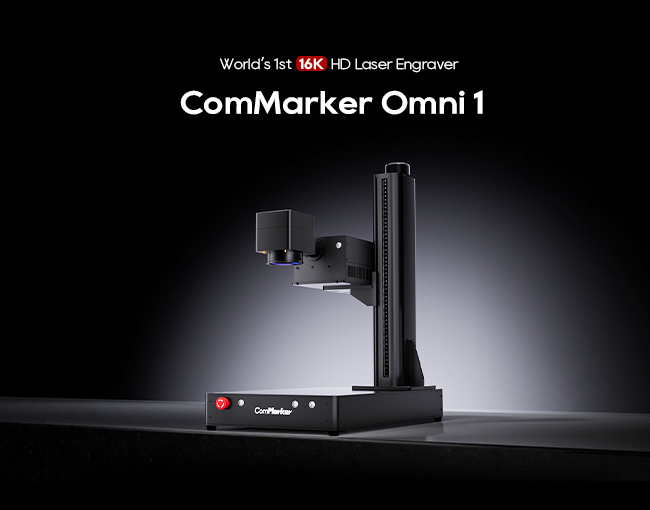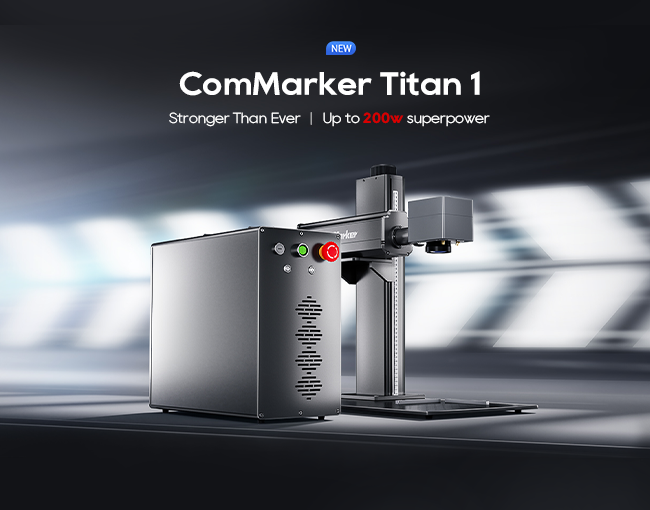1. What is a PCB?
A Printed Circuit Board (PCB) is a foundational component in electronic devices, providing mechanical support and electrical connections for electronic components. PCBs are made by etching conductive pathways, copper foil, and other elements onto a non-conductive substrate, allowing electronic components to communicate and function together. PCB Assembly (PCBA) involves soldering these components onto the PCB. Separating PCBs and PCBAs is a critical step in the manufacturing process, ensuring the quality and reliability of the final product.
2. Traditional PCB Depaneling Methods
Manual PCB Depaneling
Manual depaneling is typically used for circuit boards that can withstand high levels of stress, typically those without Surface Mount Devices (SMDs). Workers manually separate the PCBA boards along V-grooves using appropriate fixtures. This method relies on manual labor, which can lead to inconsistencies and potential damage to the boards.

Saw Blade Machine Depaneling
Saw blade depaneling can be used for PCBA boards, whether or not they have V-grooves. This method is limited to straight cuts and generates some dust and mechanical stress, which can affect the board’s integrity. It is not suitable for cutting multiple materials simultaneously.
V-Cut Machine Depaneling
The V-cut machine uses a round knife or a V-shaped blade to separate PCBA boards along V-grooves. This process can be performed manually, electrically, or pneumatically. It is commonly used for boards that have been pre-scored, making it easier to break them apart.
Punch Machine Depaneling
Punch depaneling requires a special punching die. The PCBA is placed in the correct position within the mold, and the punch machine cuts the board into smaller pieces. This method is efficient but requires custom tooling, which can be costly and time-consuming to set up.
Milling Cutting Machine Depaneling
The milling cutting machine uses a high-speed rotating milling cutter to separate a multi-piece rigid PCBA board according to a pre-programmed path. This method overcomes the limitations of straight-line cuts associated with saw blades or V-cut procedures, allowing for more complex shapes.
3. The Key Advantages of Laser Depaneling
Precision and Cleanliness
Laser depaneling is a non-contact process that eliminates the mechanical stress associated with traditional methods. This precision reduces the risk of damaging components and maintains the integrity of the board. Additionally, laser cutting produces minimal dust and debris, making it a cleaner process.
Versatility
Lasers can cut a wide range of materials, including rigid, flexible, and rigid-flex PCBs. This versatility makes laser depaneling suitable for various applications, including intricate designs and small components that traditional methods may not handle effectively.
Efficiency and Automation
Laser depaneling can be easily automated and integrated into production lines, enhancing efficiency. Software controls and user-friendly interfaces enable quick programming of cutting patterns and precise alignment, reducing setup time and increasing throughput.
Minimal Thermal Impact
UV lasers, with a wavelength of 355 nm, operate using a “cold marking” method that minimizes thermal impact. This ensures that there is no significant heat damage to the components adjacent to the cutting area, preserving the board’s quality and functionality.
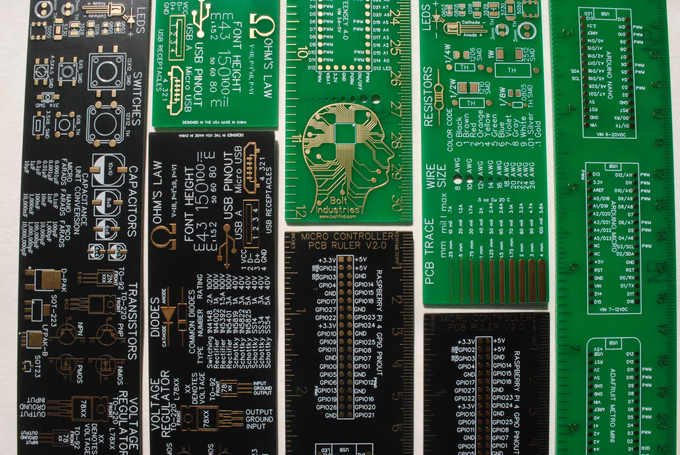
4. Applications of PCB Laser Technology
PCB Laser Marking
Laser marking is used to inscribe various characters, symbols, and patterns on PCBs. This method supports anti-counterfeiting measures by creating fine, detailed marks that are difficult to replicate. Laser marking is also used for serial numbers and QR codes, facilitating complete traceability and quality control in the production process.
PCB Laser Decoating
Laser decoating is used to remove protective coatings from PCB surfaces, especially when replacing defective components. This method is more efficient and environmentally friendly than traditional manual grinding or scraping, providing a higher yield of usable PCB boards.
Tin Ball Laser Soldering
Laser soldering using tin balls is a precise, non-contact process ideal for sensitive components and areas requiring careful temperature control. This method offers high precision, minimizing the risk of electrostatic discharge and other issues associated with traditional soldering methods.
Recommendation: ComMarker B4
For those looking to leverage the benefits of laser depaneling, the ComMarker B4 Fiber Laser Engraver is an excellent choice. This advanced machine offers high precision, minimal thermal impact, and versatility in material compatibility. It’s particularly well-suited for applications requiring intricate cutting and marking, such as high-quality PCB manufacturing. The ComMarker B4 is user-friendly, efficient, and cost-effective, making it an ideal addition to any PCB production line seeking to improve quality and efficiency.




